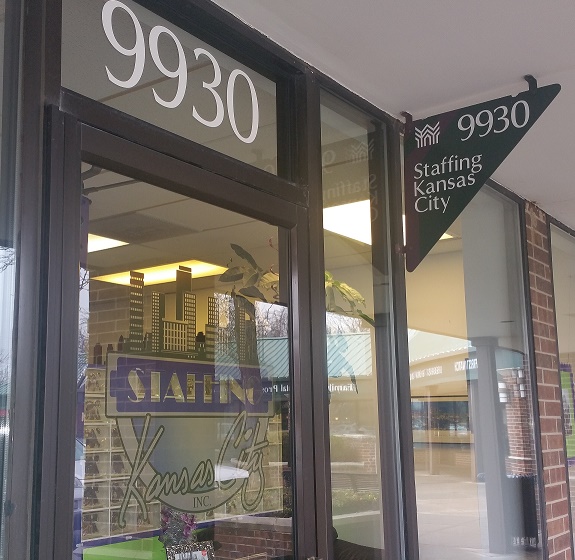
Much has been said about the Great Resignation. While many of those resigning come from those working in the leisure and hospitality industries, less is said about the workers aged 60 and older who have voluntarily chosen to leave the workplace.
For some, this action has allowed them to take advantage of early retirement while others have felt pushed out, seeing their skills and experience were no longer viewed as valuable in their place of work. One serious outcome of the departure of these seasoned employees is a so-called brain drain where years of experience is lost virtually overnight.
Fighting Ageism
Coverage of the ageism suit brought by IBM employees age 50+ painfully highlights how employees with years of experience might not always be valued by their employer. A Feb. 6 article titled The New Post-60 Career Paths published in the Wall Street Journal thankfully offers a new spin on the topic.
Author Lisa Bannon argues that not all workers aged 60+ are ready to consider retirement. Many of these individuals are still healthy, curious and on the lookout for stimulating jobs and personal career growth. The Wall Street Journal article shared how a group of researchers and workplace experts are working together to see what those later-in-life careers might look like.
Advantages to Consider
- Skills and Experience
- Less turnover
- Take fewer days off
- Strong work ethic
- Retention of a business’s knowledge and networks
- Ability to overcome technology gaps
- Backbone of multigenerational teams
- Trainers for the next generation
- Attract trust from similar age groups
*Columbia Public Health
Making Accommodations
Like other demographics, these employees are looking for flexibility. From an HR perspective, this also might mean rethinking the kinds of benefits that could attract these workers.
For those taking the leap, this new frontier is introducing a full range of positive attributes from a renewed energy for the work to the opportunity to interact with, teach and learn from the next generation. The opportunities possible through this bridging of the minds is boundless and offers the ability to open up a range of new possibilities for both the employee and the organization.

